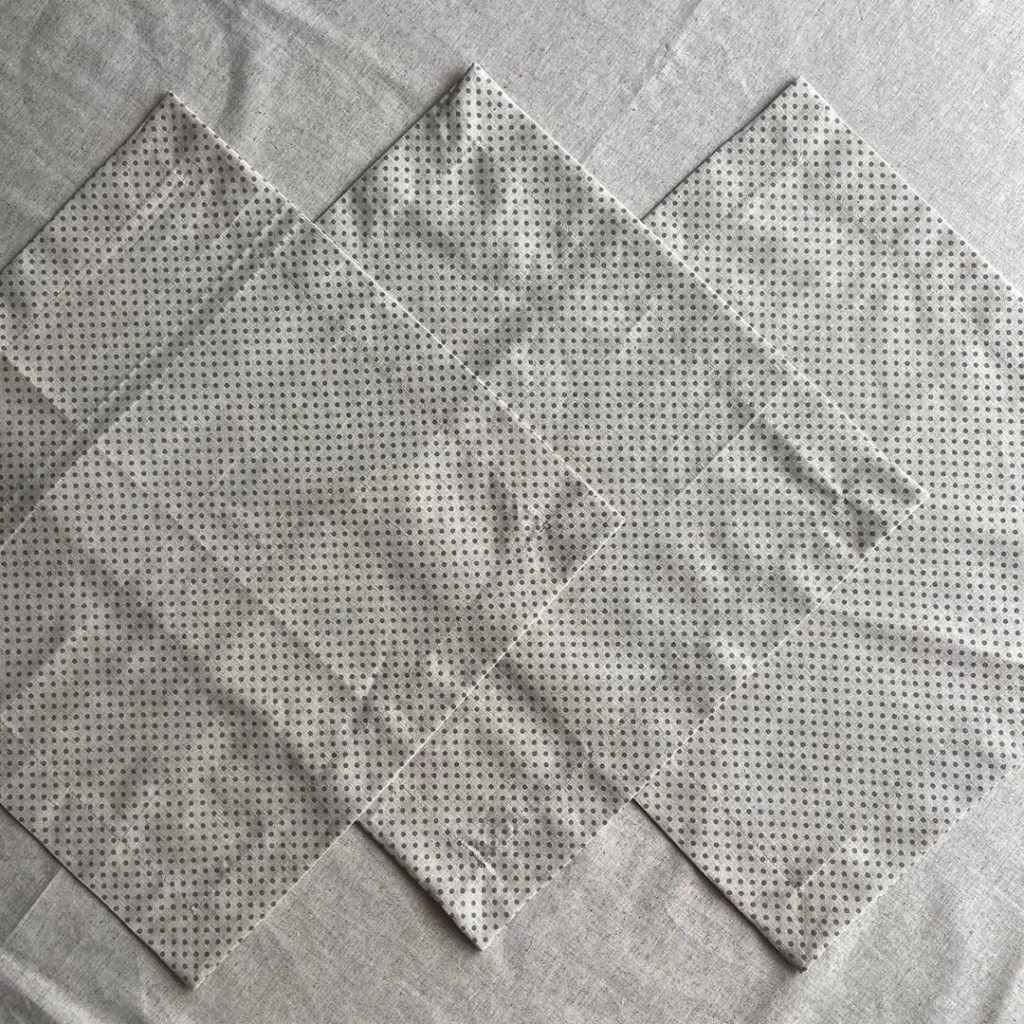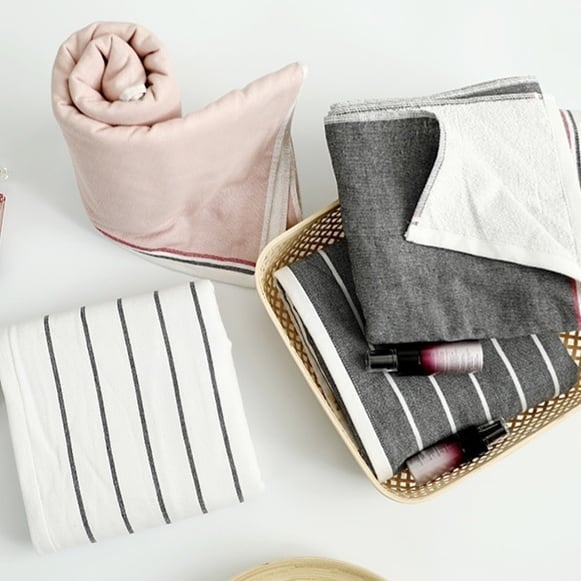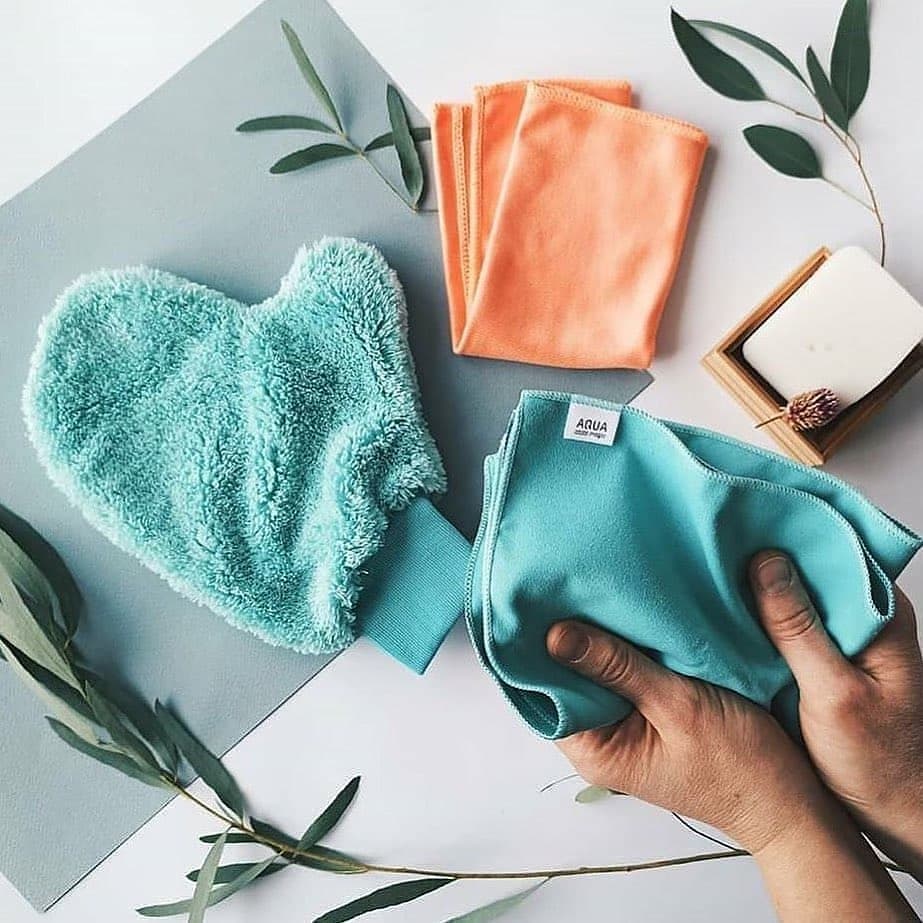Napkins today come in different varieties: paper and textile, dry and wet, large and small. You can buy them at any store or sew them yourself.
In general, a napkin is usually called a piece of fabric or any other material that can be used to clean the surface of furniture or everyday items, as well as the face, hands or clothing. The main task of this item is to effectively remove any dirt, liquid or dust.

@just_home_textile
It is assumed that the first napkin (if you can call this item that way) appeared more than 3,500 years ago in Ancient Rome. Allegedly, it was a fig leaf with which slaves wiped the mouths of their masters after a hearty meal.
Another interesting material that people used to wipe their hands and faces is asbestos. Products made from it were considered a luxury item; only very rich people could use them. It is noteworthy that to clean them they were not washed, but burned in fire.It is known for certain that Catherine II herself used napkins and tablecloths made of asbestos, who loved to joke with her guests: in front of astonished spectators, she threw the soiled tablecloth into the oven, so that later the servant would take it out absolutely clean.
What people did not invent before inventing a napkin similar to the modern one. For example, there was a period when they wiped their face and hands with bread crumbs, pieces of which were laid out specially for this purpose on the table in front of the participants in the meal.
Fabric napkins first appeared in ancient Rome. So, at that time, the Romans used Sudarium (translated from Latin as “handkerchief”) - a special piece of fabric, which was small in size and served to wipe the forehead that had become damp due to sweat. Much larger in size was the Marra cloth (from Latin - “cloth”), which was placed on the edge of the sofa in order to eat while lying down and not stain the upholstery. Guests wrapped leftover food in this linen to eat later.
For a long time, there were no visible changes in the design of napkins. They were reusable, used for different purposes and made of fabric (usually linen or cotton). By the way, in the early Middle Ages, Europeans did not recognize napkins at all. They didn’t know about neatness back then, and so they wiped their hands, face and table with whatever they needed: the hem of a skirt, the sleeve of a shirt, bread.
The fashion for napkins came along with the fashion for table setting and the use of luxurious cutlery. Closer to the 17th-18th centuries, a napkin was placed next to each participant in the meal, thus demonstrating respect for him.It was then that they began to pay special attention to the design of this insignificant item, so the world soon learned about hand-embroidered napkins of incredible beauty.

@dreamland_kz
Today, napkins come in different forms. The differences are not only in size or shape, but also in the material from which they are made. So, the most common:

@ecotrade_gw
Wipes are also available for cosmetic, cleaning and abrasive purposes. The first two options are designed to remove simple stains, while the latter is actively used when washing dishes and removing complex stains.